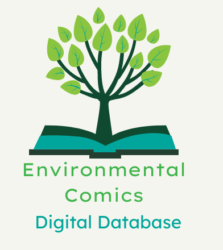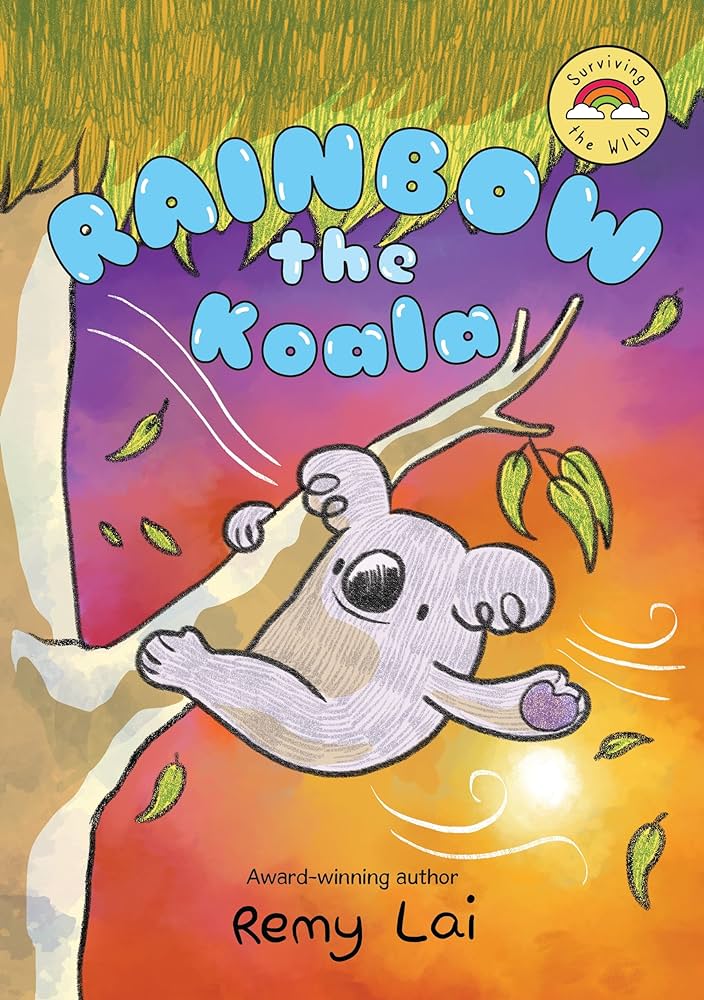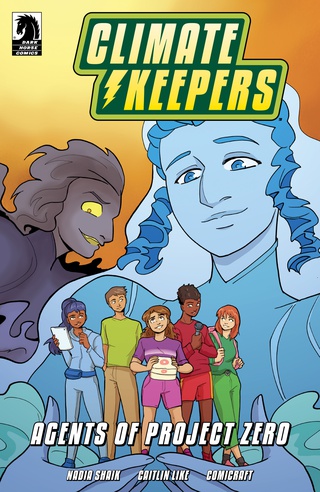“If you learn to love nature, you will want to protect it” — Rachel, Seen: Rachel Carson, p. 9.
| Creator(s) | Birdie Willis (author), Rii Abrego (illustrator), Kieran Quigley (colorist), DC Hopkins (letterer) |
| Publisher | BOOM! Box |
| Publication Date | 2021 |
| Genre | Historical, Nonfiction |
| Environmental Themes and Issues | Animals in Danger, Conservation, Environmental Activism, Habitat Destruction, Pesticide, Pollution |
| Protagonist’s Identity | Rachel Carson: White woman |
| Protagonist’s Level of Environmental Agency | Level 5: High Environmental Agency and Activism |
| Target Audience | Young Adult |
| Settings | Carson’s beach cottage is located in Southport, Maine |
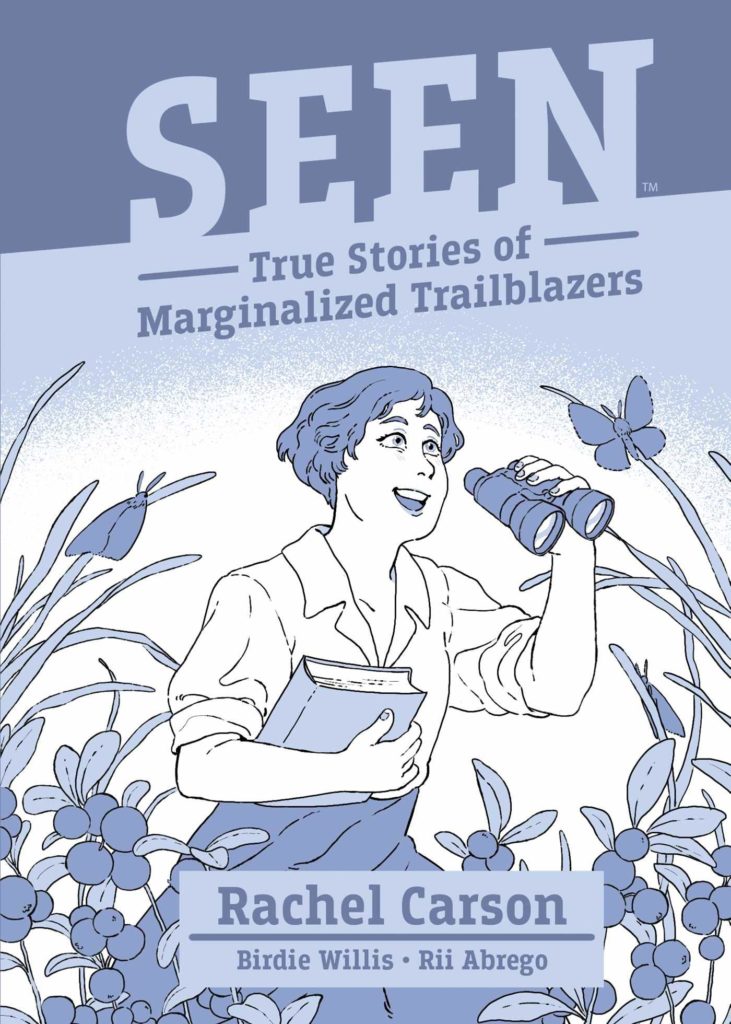
Environmental Themes
Narrated in poetic first-person prose, Seen: Rachel Carson recounts the life and death of pioneering environmental activist Rachel Carson. As a child, Rachel feels an intense connection with nature, particularly the creatures that reside in the woods near her home. Gazing raptly at a flock of birds, Rachel narrates, “I am here to tell you something. Something I that I learned quite young. Something that’s quite powerful. If you learn to love nature, you will want to protect it” (Willis 7-9). As a young adult, Rachel visits the ocean and falls in love with the water. However, the Great Depression and the deaths of her father and sister force her to return home. To support her remaining family members, she gets a job as a writer and produces her first book, Under the Sea-Wind, though the initial print run sells few copies. Later, Rachel learns about DDT, a pesticide that allegedly only kills insects. The chemical has not been fully tested by scientists, and Rachel decides to investigate it on her own. She discovers that DDT has long-term negative effects on the environment: the pesticide poisons insects and the animals that eat them, causes insects to develop resistance to chemicals, hinders birds’ ability to reproduce, and leaks into human food. Weakened by cancer, Rachel writes about the danger of DDT in her famous book Silent Spring. The book receives widespread attention from the public and scientists, raising the alarm about the dangers of DDT. However, Rachel dies at age 56 from cancer, before she can witness the full impact of her book.
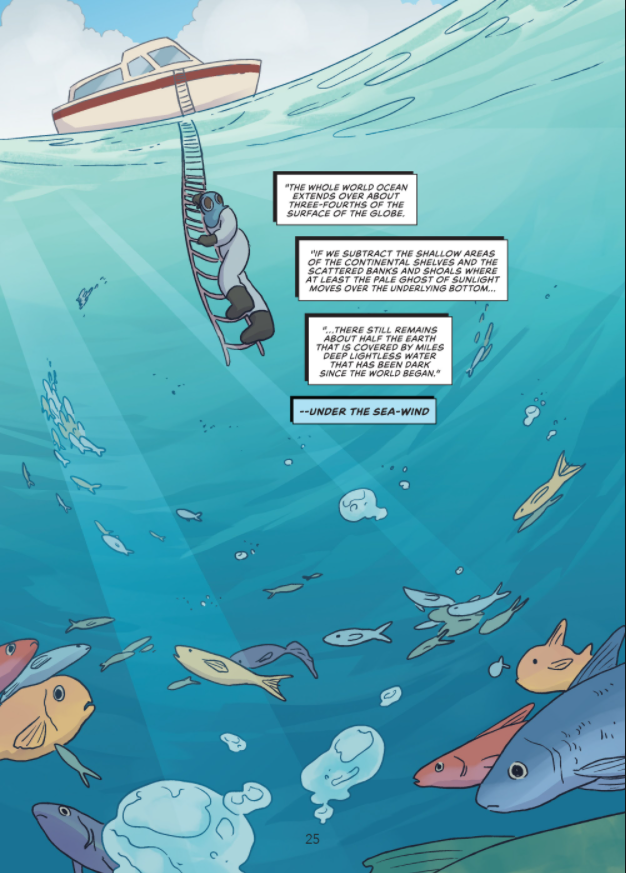
The comic includes Rachel’s intimate relationship with Dorothy Freeman, though the narrative does not explicitly depict their relationship as romantic. Additionally, the creators highlight the sexism that Rachel faced from critics who questioned her ability to conduct science. However, the comic focuses more on providing a poetic meditation on Rachel’s relationship with nature and Freeman than on providing specific biographical details or on providing an in-depth examination of pesticides. In fact, the comic doesn’t even mention that DDT was banned as a result of Rachel’s actions; instead, it merely alludes to activism that took place after her death. As a result, Seen: Rachel Carson works well as a supplement for teaching children about the activist, but it does not provide a definitive biography of her life or a history of the environmental movement spurred by her actions.
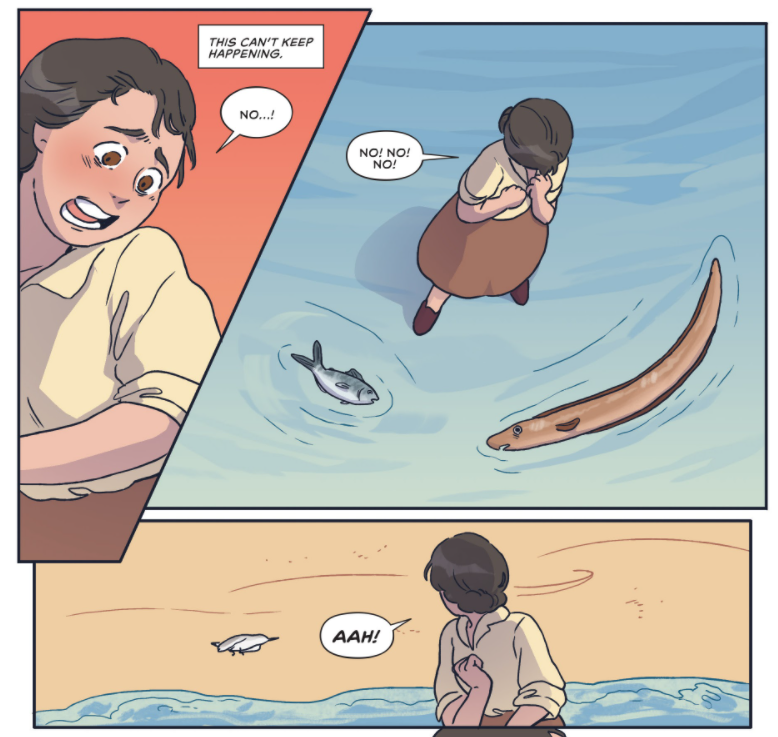
Paratexts
The comic includes a bibliography that lists seven articles and books about Rachel Carson’s life and environmental activism, as well as an eleven page teaching guide. This guide includes discussion questions, pre- and post-reading activities, and information about how to read comics. However, the guide largely focuses on evaluating students’ reading comprehension, rather than encouraging students to learn more about the environmental issues featured in the primary narrative. Only one suggested activity relates directly to the environment: “Break into groups and research the pros and cons of pesticide use. Have a class debate on whether there is a benefit of using pesticides” (Willis 78). Additionally, the paratext does not suggest any ways that students can emulate Carson by participating in environmental activism.
